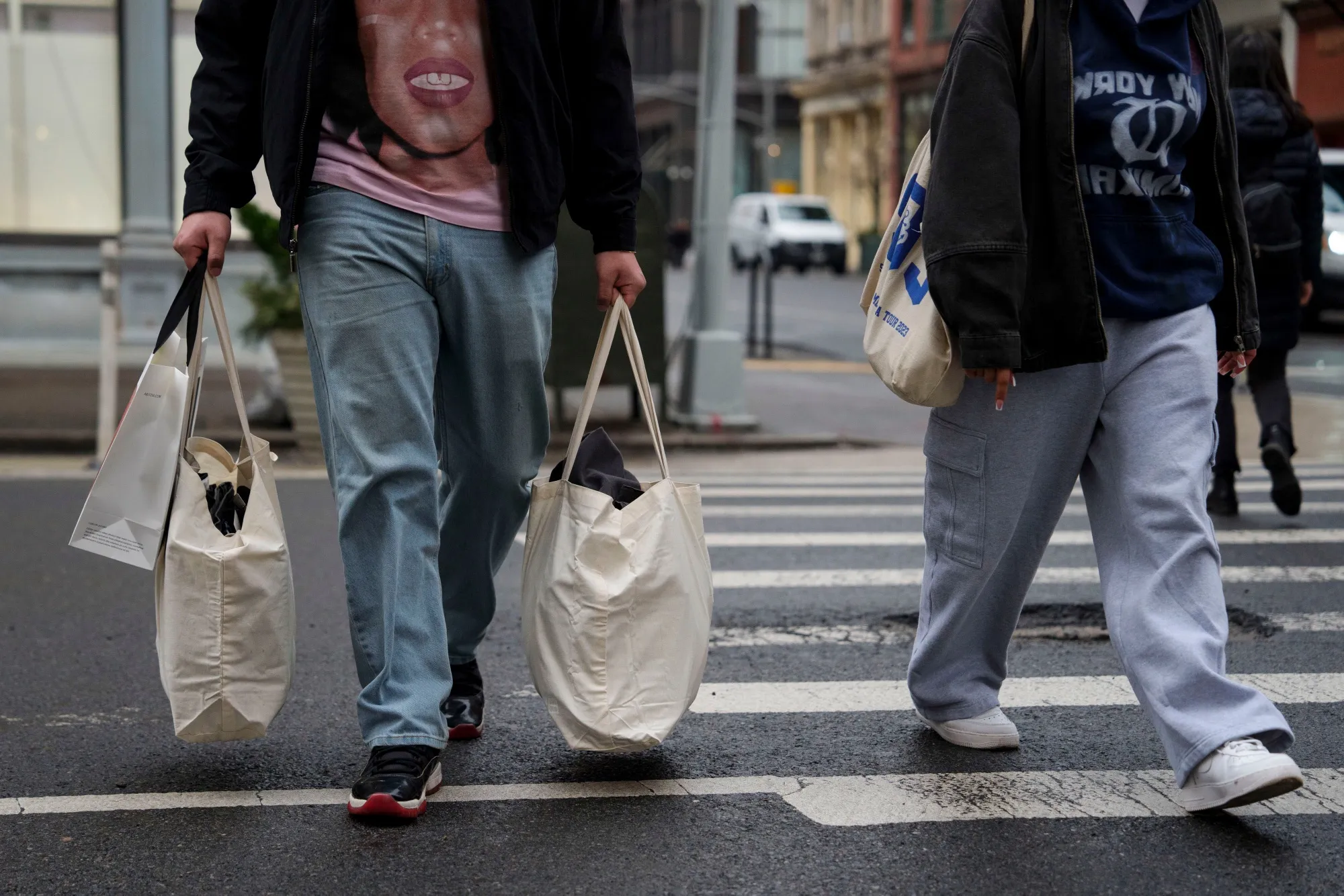US Consumer Finances and Economic Outlook: Despite growing concerns over the U.S. economic outlook, consumer finances remain strong, and credit performance is holding steady, according to leading banking executives from Bank of America, Citigroup, and Wells Fargo. This comes even as recent data shows a slowdown in job creation, signaling potential challenges ahead for the economy.
During a recent investor conference, Wells Fargo CFO Mike Santomassimo emphasized that “activity levels are still quite strong and credit performance remains solid on the consumer side.” Bank leaders reported that consumer spending remains robust, and most individuals continue to pay debts on time, offering a sign of resilience even as the job market shows signs of cooling.
Economists note, however, that this spending is predominantly concentrated among higher-income groups, suggesting growing disparities in financial stability across different economic segments. The combination of resilient consumer credit and slowing job growth presents a complex picture of the current U.S. economy.
Consumer Spending and Credit Performance Stay Strong
Leading U.S. banks, including Bank of America, Citigroup, and Wells Fargo, reported a continued healthy level of consumer activity. The key highlights include:
- Steady Consumer Spending: Consumers continue to spend money on goods and services despite economic uncertainties.
- Timely Debt Payments: Most consumers remain current on credit cards, loans, and mortgages, indicating no widespread credit quality deterioration.
- Resilience Amid Job Market Weakness: Bankers confirmed that strong consumer behavior persists even as job creation slows.
Mike Santomassimo of Wells Fargo remarked, “Despite what you may read in terms of softening, we are seeing activity levels still to be quite strong and credit performance to still be quite good on the consumer side.”
Cooling Job Market Signals Economic Uncertainty
New economic data highlights a slowdown in the job market, with fewer jobs created than initially expected. This trend signals potential challenges for economic growth and consumer confidence going forward.
Job Market Insights:
- Job creation numbers are below estimates, indicating reduced hiring activity.
- This cooling trend raises concerns about potential future income stagnation and unemployment rises.
- The contrast between strong consumer finances and a softening job market may point to widening economic disparities.
Read about: Rick Perry-Led Company Seeks DOE Loan for Massive AI-Focused Energy Project
Higher Income Groups Drive Spending
Economists explain that consumer spending strength is primarily driven by higher income groups, who have been less affected by economic uncertainty. In contrast, lower and middle-income consumers face tighter budgets and limited financial flexibility.
- This spending concentration suggests a growing divide in financial stability across income groups.
- Policymakers may need to consider targeted interventions to support lower-income consumers if the job market weakens further.

Implications for the Economy
While the banking sector remains optimistic about consumer financial health, the disconnect between strong credit performance and a cooling job market is noteworthy. Possible implications include:
- Continued strength in consumer spending may support GDP growth in the short term.
- A slowdown in job creation could erode consumer confidence over time, especially for middle and lower-income groups.
- Potential increased reliance on credit by households facing stagnating wages and job insecurity.
Conclusion
U.S. consumer finances show remarkable resilience, with strong spending and consistent credit performance reported by top banking leaders. However, the cooling job market and concentration of spending among high-income groups highlight underlying economic risks.
Bank executives from Bank of America, Citigroup, and Wells Fargo remain confident in the near-term strength of consumer activity but also recognize the need to monitor developments closely as the labor market continues to weaken.
As economic uncertainties grow, both policymakers and industry leaders will likely focus on balancing consumer support measures and financial sector stability to prevent deeper economic slowdowns.
Also read: Michigan Department of Education Proposes Overhaul of Health and Sex Education Standards
FAQ: US Consumer Finances and Economic Outlook
1. Why are US consumer finances considered strong despite the economic slowdown?
US consumer finances are holding up due to continued spending, strong credit performance, and timely debt repayments, especially among higher-income groups.
2. What is causing the job market to cool?
The job market is experiencing slower growth due to factors like business caution, inflation pressures, and market uncertainties, resulting in fewer jobs created than estimated.
3. How is consumer spending distributed across income groups?
Most of the spending strength comes from higher-income households, while middle and lower-income groups are facing tighter financial conditions.
4. Why is the stability of consumer credit important?
Stable consumer credit indicates that households are managing their debt responsibly, which reduces the risk of financial instability and supports continued economic activity.
5. What are the risks going forward for the US economy?
If the job market continues to weaken, consumer confidence may decline, leading to reduced spending, potential rise in delinquencies, and slower GDP growth. Policymakers may need to intervene to prevent deepening economic disparities.
